HYPERPOLYPS emerges as a distinctive embodiment of adaptability in the vast spectrum of architectural installations, drawing from the nuanced interplay of bubble intersections and translating them into tangible, built forms.
Genesis and Design Rationale
The delicate interstitial space where bubbles meet offers a brief glimpse into intricate geometries. In nature, these moments of interaction are ephemeral. HYPERPOLYPS, however, extrapolates this concept into a lasting spatial experience, embodying thickness and form. Drawing insights from marine biology, particularly the rich tapestries of coral structures, the design’s struts replicate the organic polyp formations of these underwater ecosystems, offering a synthesis of marine morphology with architectural expression.
Materialization and Technique
The path to realizing this architectural vision is anchored in the principle of mesh relaxation. By doing so, the struts are optimized to yield a minimal surface area, resulting in an organic, fluid form while ensuring material efficiency. This approach mirrors sustainable architectural practices, emphasizing beauty born from prudence.
Subsequent refinement of these struts leads to rounded edges, echoing the polyp-like aesthetics found in corals. This adaptable design methodology allows HYPERPOLYPS to transcend singular functionality, manifesting as a suspended art installation, an avant-garde urban fixture, or a contextual pavilion.
Spatial Adaptability and User Interaction
Beyond its sculptural presence, HYPERPOLYPS encapsulates function. When manifested as a pavilion, it boasts a complex assembly of 1,950 components, held in concert by 8,500 rivets. Yet, its true brilliance lies in its user-centric design. Entrants are empowered to interact with the pavilion, carving out circulation pathways, thereby making the architectural space a living, evolving entity.
Revolutionizing Fabrication Protocols
Delving into its construction techniques reveals a forward-thinking fabrication process. The design’s mesh can be categorized into stratified layers. Each layer, originating from the bulb, navigates the strut’s length and converges at the core. This modularity facilitates a streamlined fabrication process.
Aluminum sheets, with their sub-millimeter thickness, are the material conduits for this vision. When manipulated into rings, they give birth to the interconnected polyp system that defines HYPERPOLYPS. This rolling technique accelerates fabrication and obviates the need for traditional molds, heralding a paradigm shift in bespoke architectural fabrication.
Aesthetics and Chromatic Considerations
Derived from a 9-node HYPERPOLYPS configuration, every component is defined by scalloped peripheries. While the predominance of metal might suggest an austere aesthetic, meticulous color selection ensures a vibrant, organic resonance. Emulating the diverse chromatic palette of corals, HYPERPOLYPS offers an array of shades. Design stakeholders can harmonize with the existing context or employ juxtaposing hues to craft visually compelling spatial narratives.
Conclusion: A New Epoch in Architectural Expression
HYPERPOLYPS is more than a mere architectural installation; it’s a beacon of design evolution, a harmonious fusion of natural inspiration and advanced architectural techniques. It underscores the limitless potential when natural phenomena are interpreted through the architectural lens, leading to spaces that are not just experienced but deeply felt. In the continuum of architectural exploration, HYPERPOLYPS stands as a testament to innovation, ushering in an era where design seamlessly marries structure and art, utility, and form.
Project Info
Client: Singapore Science Center
Designer: Denise Lee
DfMA: AntiCAD
Manufacturer: Aid





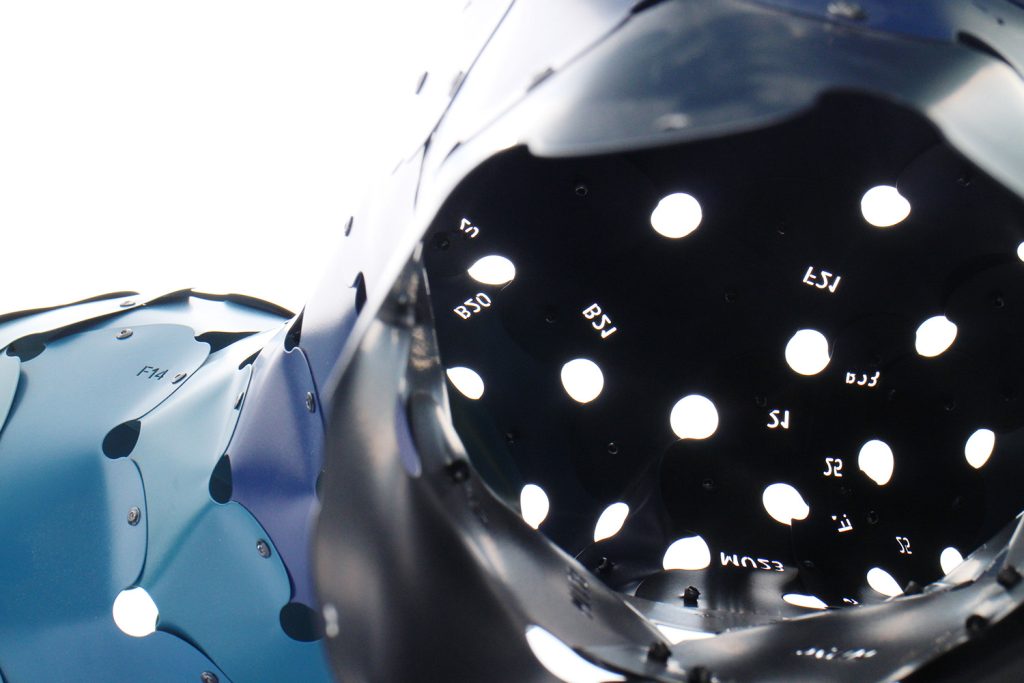

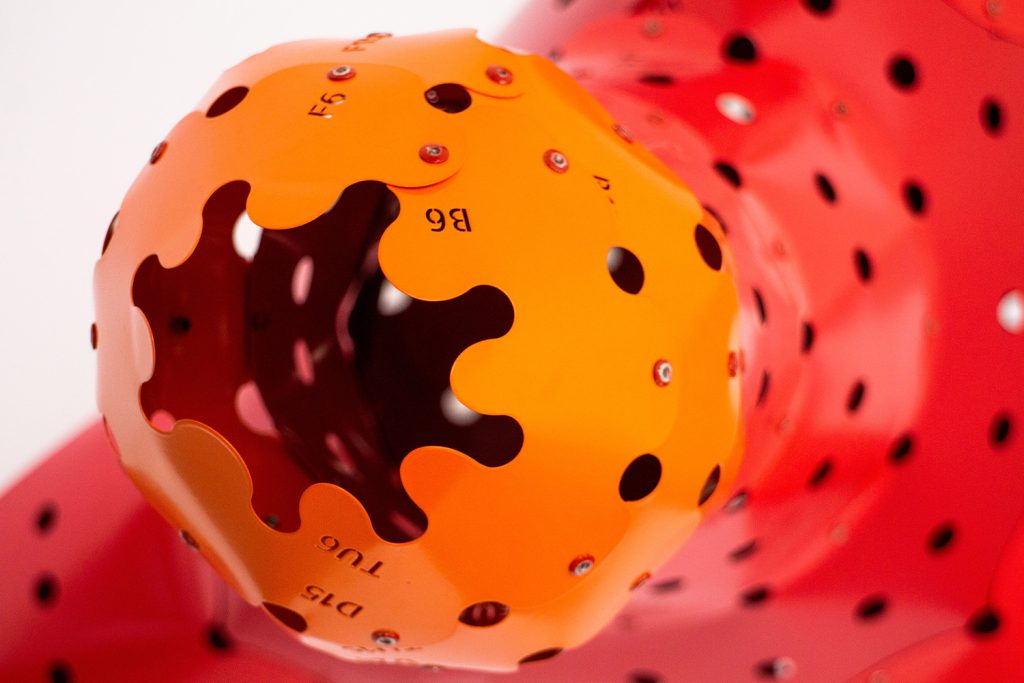
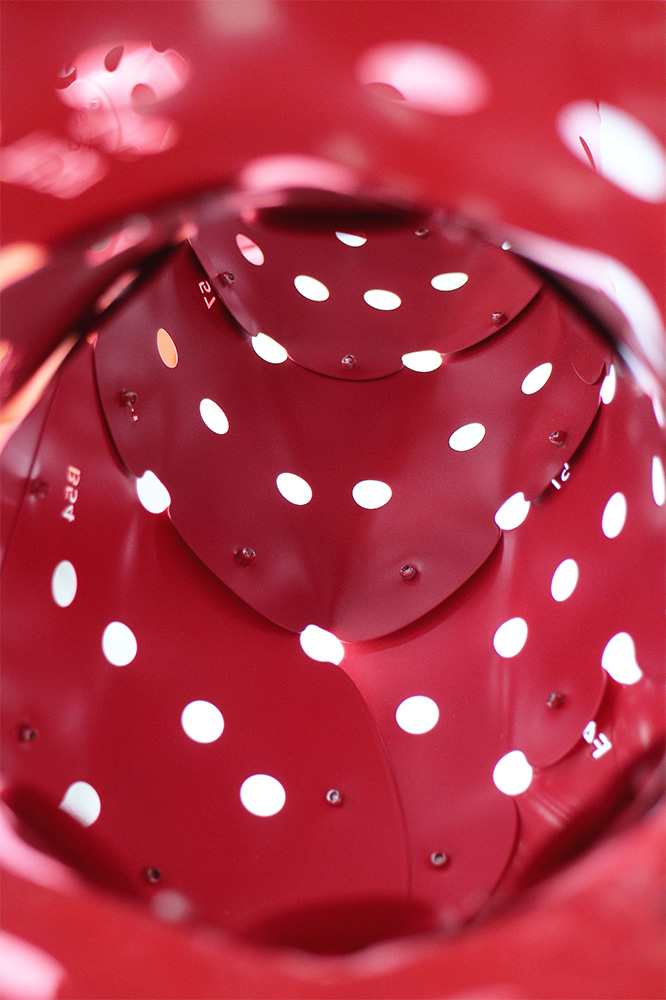
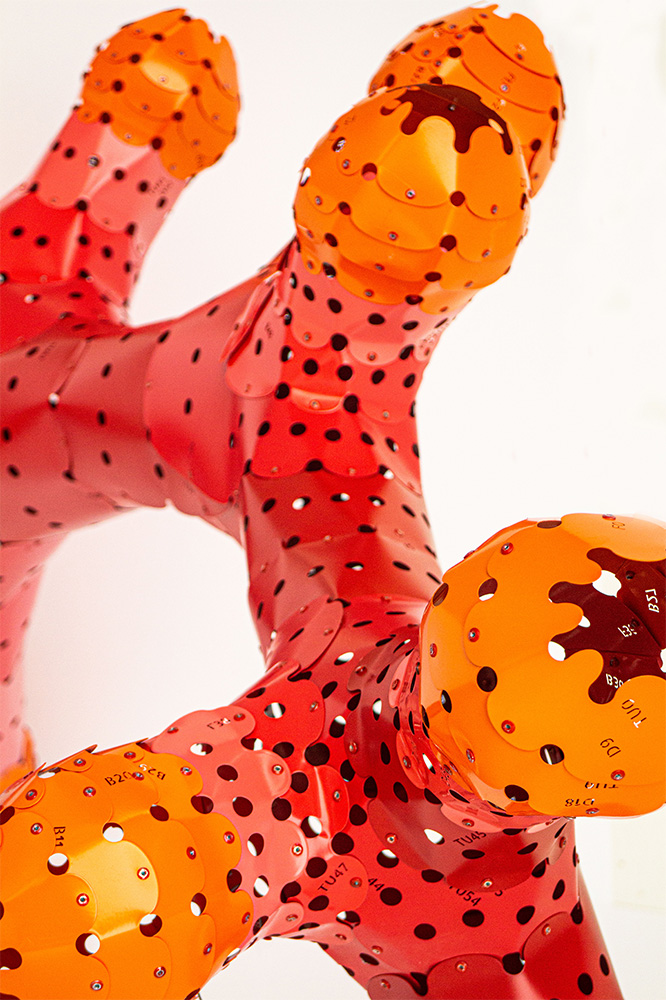
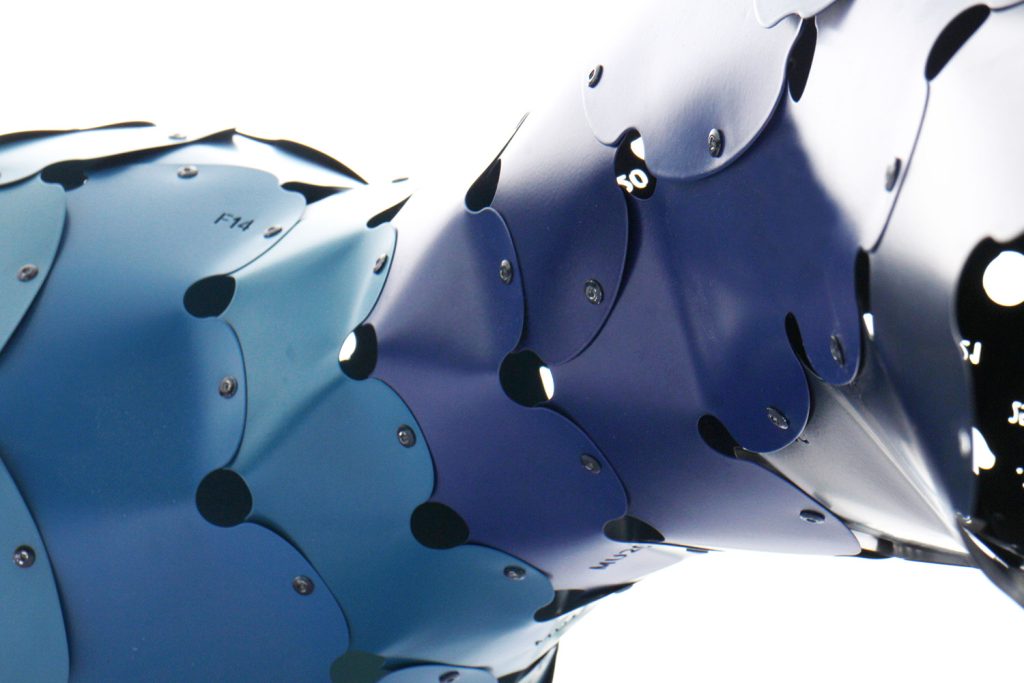
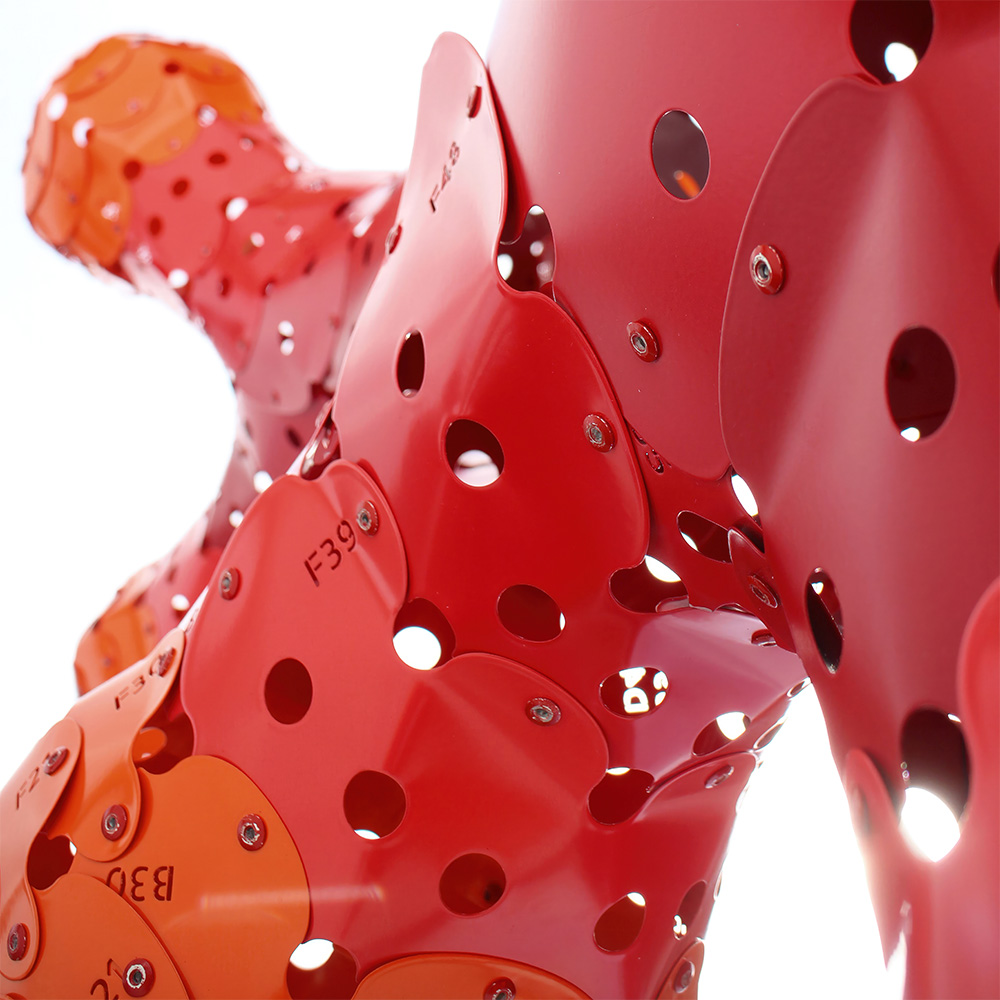
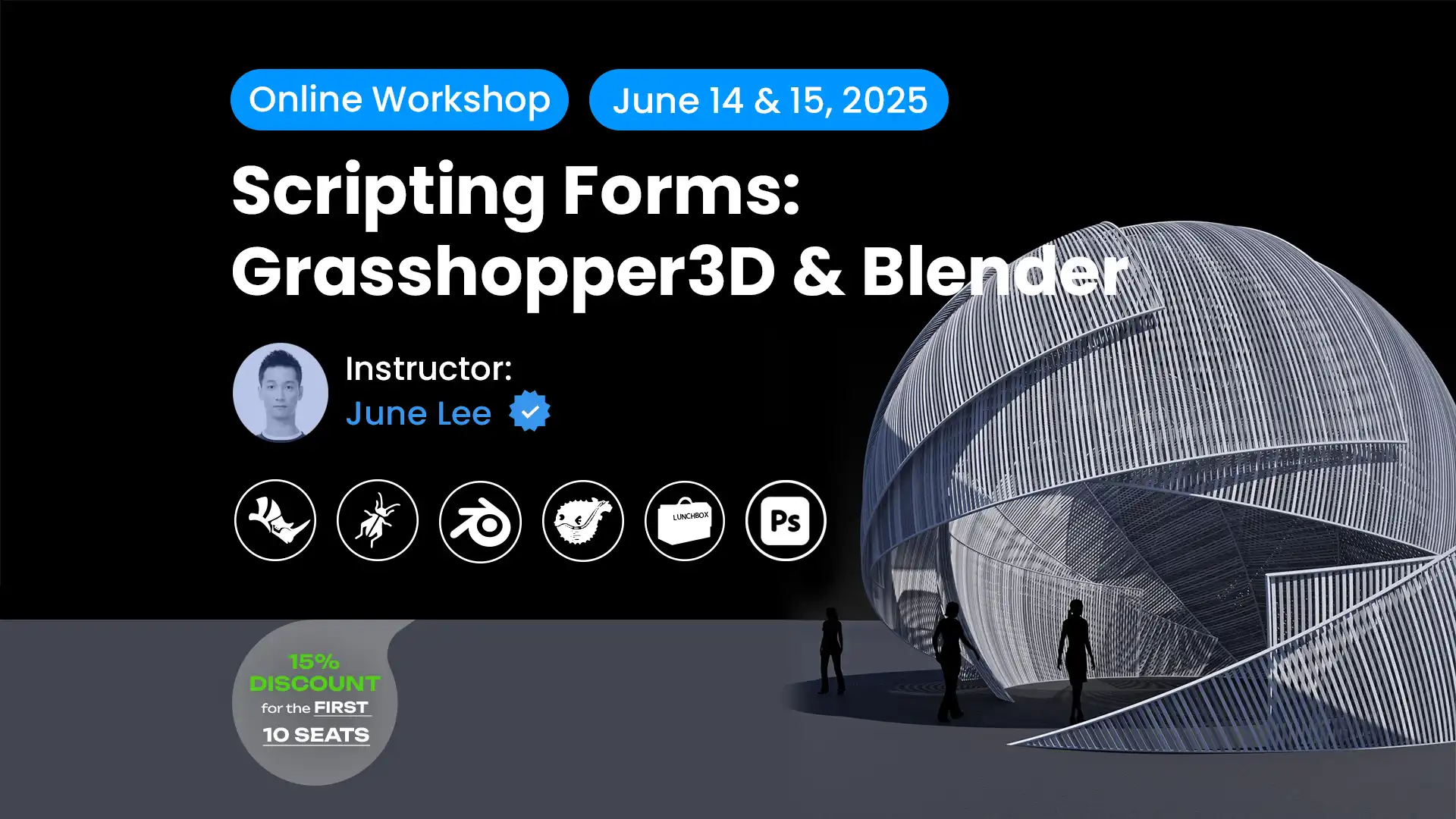












Leave a comment